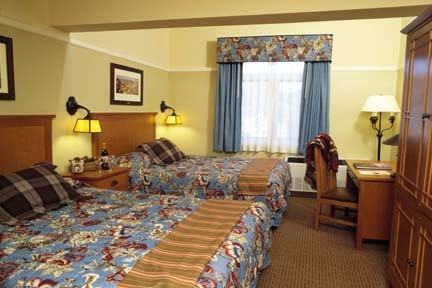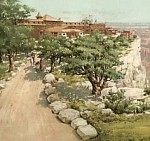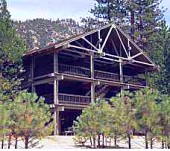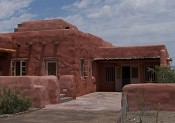Evaluated on Individual Merits
U.S. National Park Lodges range from rustic canvas-sided tent cabins to five-star luxury hotels with every conceivable comfort and the latest amenities. Some lodges are "hike-in" camps with a dinner bell; others are full-fledged resorts with internationally-respected cuisine.
Similarly, architecural styles range from humble cabins to massive Victorian structures. Some parks have no lodging within their boundaries, while others have a little of everything: from classic "parkitecture" lodges to sterile "mission 66" motels.

photo courtesy of Xanterra
The task at hand is to rate the various lodges, camps, hotels, motels and resorts -- each on its own merits -- not by comparison to structures that are by no means comparable.
It makes no sense to compare a canvas-sided camp in the High Sierras to a contemporary resort in the desert. It is rather a question of individual significance:
Does this particular lodge enhance the park experience?
Room quality plays little part in the NPLAS classification system. The room shown in the photo above is from the El Tovar Hotel, Grand Canyon National Park, currently owned and operated by Xanterra. With few modifications, the same photo could easily be confused with a room at Kachina Lodge, or Maswik, or perhaps Yavapai Lodge. All are at the Grand Canyon, all Xanterra properties with nice furnishings and decor, perfectly cleaned and well maintained. All are equally excellent places to sleep, but of the four listed above, only El Tovar is "classified" by the NPLAS.
Inferior rooms, however, can cause a facility to suffer in the classification process. The logic is that a superb room doesn't make a bland hotel spectacular, but a poorly maintained room can make a spectacular hotel seem less so.
To be classified, the structure and/or the decor must add an element of interest to the National Park experience. Does the building evoke a sense of wonder? Is the imagination inspired? Does a comfortable chair in a cozy corner beckon one to relax? The best park lodges do all these things and more. Each are judged on their own merits within the following classifications:





